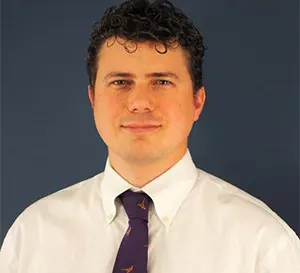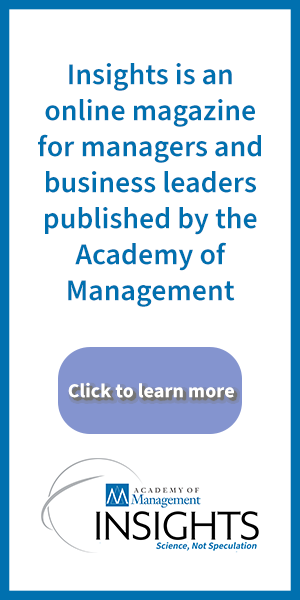Published on: July 8, 2025 at 3:52 pm
Sometimes start-ups founded by entrepreneurs with lofty goals and ideals do bad things, for example, by destroying the natural environment through pollution or habitat degradation, said Academy of Management Scholar Dean Shepherd of the University of Notre Dame. It may lead to a cognitive disconnect.
“They may continue to do it, but still tell themselves that they’re good people, and the way they do that is this term called ‘moral disengagement,’” Shepherd said. “Say that I didn’t have a choice to be able to do it, or I have some explanation for why my bench is destroying the natural environment but at the same time, I can still have this perspective that I’m a moral and ethical person who does care about the environment.
“It’s almost like a paradox; they’re really holding these two mutually exclusive things together in their mind,” he said. “Entrepreneurs had this passion and this identity to drive forward in the pursuit of opportunities, and they just keep going, so it’s a momentum argument in some ways.
“A similar argument can be made to explain the Theranos scandal—[founder and former CEO] Elizabeth Holmes kept telling herself, in some ways lying to herself, and believing that she wasn’t telling lies, but in fact, she was.”
The destructive side of entrepreneurship refers to negative effects on society—from damage to resources owned or accessed by others—as a result of entrepreneurial action.
“As an example of destructive entrepreneurship, I might be in the Amazon rainforest and completely take out all the trees in order to manufacture timber and paper products—I’m destroying the natural environment,” Shepherd said. “Or I pollute the environment and, rather than try and capture those pollutants, I might suggest that my product is more environmentally friendly than it actually is, like Volkswagen did with their catalytic converters—they said that they were more efficient than they actually were.
“It could belying about how environmentally friendly your products or your services actually are—some people call that greenwashing, where you try and say, ‘I’m environmentally-friendly because I do these things,’ and you tell yourself, ‘I’m doing those things, then maybe I can cheat in these other ways,’” he said. “So they’re working to create a public opinion, a public impression, that they’re environmentally friendly, but in reality, they aren’t.
“They’re doing destructive things, so those are examples of destructive entrepreneurship.”












